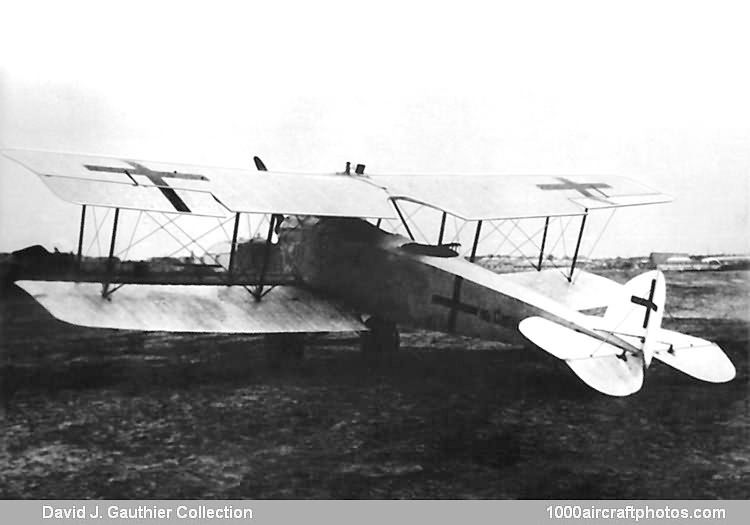The C.III was instantly distinguishable from the C.Ia by virtue of its completely revised tail surfaces. These dispensed with the earlier aircraft's angularity and adopted the beginning of the rounded tail plane profile that was to be a hallmark of practically all subsequent Albatros C-types. The triangular vertical fin was retained, but a rounded rudder was now fitted. The pattern for these tail surfaces had already been used by Albatros on their B.III two-seater, which had been used originally for reconnaissance work. The use of the near-identical empennage on the C.III was successful, bestowing more sensitive longitudinal control than on the docile C.I. This facilitated more immediate response in the evasive combat maneuvers which were becoming so necessary with the increase of aerial activity on both sides.
The aircraft was produced by no less than seven companies (with in brackets their official Army abbreviation):
